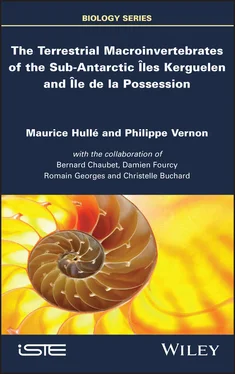Grasslands (Figure 1.10) are present everywhere from the coast and up to 200 m a.s.l. These may be either almost monospecific grasslands with native plants such as Acaena magellanica , Leptinella plumosa or Azorella selago or introduced plants like grasses or dandelions. There are also mixed grasslands where native plants are in competition with one another or with introduced species. The monospecific meadows of Leptinella plumosa are coastal or supra-littoral, those of Acaena magellanica occupy the whole height and cover a large part of the slopes and those of Azorella selago are situated at higher altitudes and can develop up to 700 m a.s.l.
The meadows can be mixed with the rocky habitats. All the intermediaries between soil completely covered with vegetation and bare soil are possible. In the same way, grasslands may be very wet or very dry with plants in water deficit. Finally, coastal meadows can be heavily trampled by marine animals.
The invertebrate fauna of grasslands depend on plant composition, the proportion of area covered by vegetation or rocks and the water status of the soil. Introduced species such as the spider Tenuiphantes tenuis and the aphid Myzus ascalonicus may be plentiful. There is also the small native spider, Crozetulus minutus .
1.2.3. Wetlands and mires
The high humidity and rainfall, especially on Île de la Possession and the western part of the Îles Kerguelen, lead to the presence of numerous wetlands, rivers and lakes (Figure 1.11). Valley bottoms and slopes can be particularly soggy and oozing, making walking difficult. Native plants like Acaena magellanica , Agrostis magellanica , Callitriche antarctica , Uncinia compacta , Juncus scheuchzerioides and Ranunculus biternatus easily cope with this soil moisture. There are also bryophytes and liverworts.
These areas are the domain of some earthworms, spiders, Diptera like chironomids and black flies, and some aphids.
1.2.4. Fellfield and rocks
Fellfield is a widespread habitat from 100 m a.s.l. and occasionally below (Figure 1.12). It can be more or less drained and covered with vegetation such as the cushion plant Azorella selago and grasses like Poa kerguelensis . There are some weevils of the genus Bothrometopus and Ectemnorhinus , moths of the genus Pringlea and spiders of the genus Myro . It is the exclusive habitat of certain species such as the endemic sting bug Phthirocoris antarcticus . Rock walls, scree and rocky blocks are also habitats for some invertebrates including weevils and spiders.
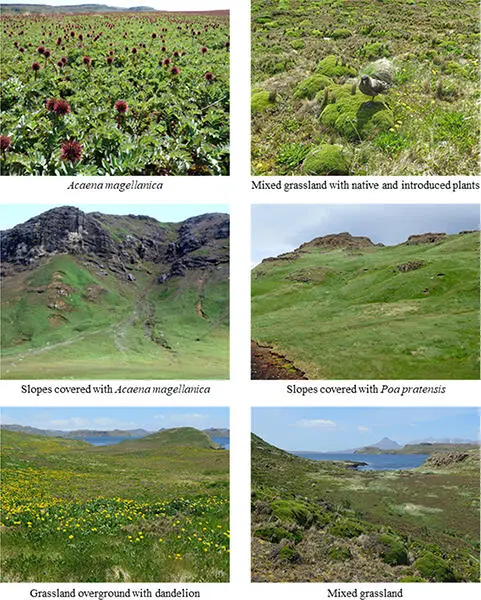
Figure 1.10. Grasslands (photos: M. Hullé)
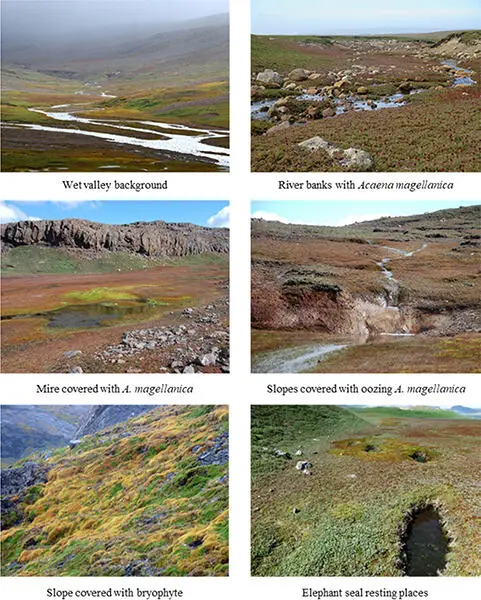
Figure 1.11. Wetlands and mires (photos: M. Hullé)
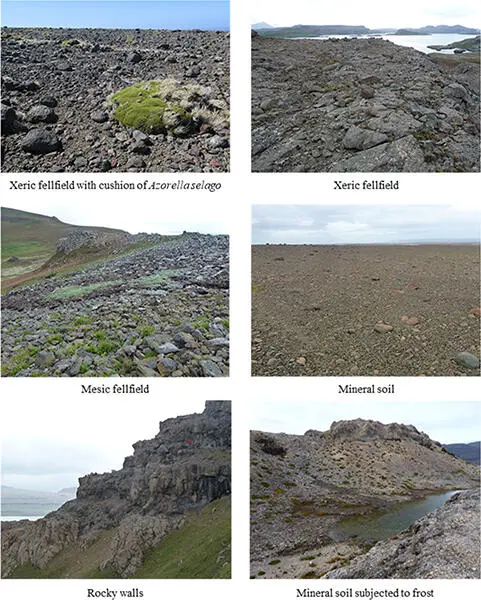
Figure 1.12. Fellfield and rocky habitats (photos: M. Hullé)
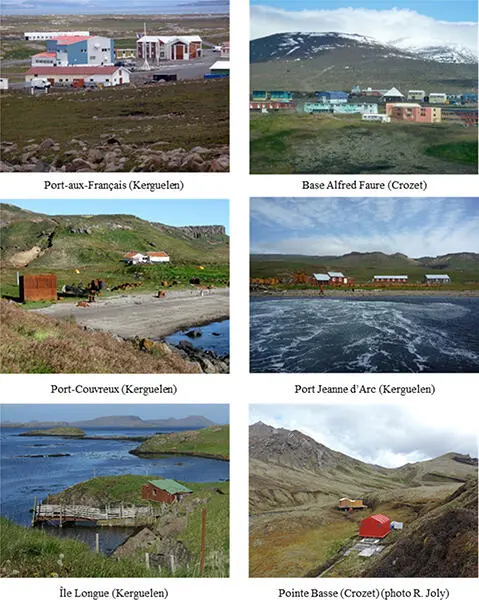
Figure 1.13. Buildings and huts (photos: M. Hullé, unless otherwise stated)
1.2.5. Buildings and huts
Base buildings and field huts are important habitats, especially for introduced species (Figure 1.13). These are, for example, flies such as Fucellia tergina and those belonging to the family Carnidae , and spiders such as Tegenaria domestica , Steatoda grossa and S. triangulosa .
The lands in the immediate vicinity of the bases host more introduced species than the more distant lands. The bases, which concentrate human activity and receive most newcomers, are the main introduction points of non-native species that need to acclimatize there before spreading.
All greenhouses were decommissioned in 2009 following the establishment of a national nature reserve but, in the past, these have probably played an important role in the acclimation phase of some introduced species. This was without doubt the case for aphids which, today, are among the most invasive species.
The belief in a southern land as a counterbalance and necessary symmetry of the northern hemisphere is ancient. Eighteenth-Century scholars pushed to discover this southern continent and provoked some great exploratory expeditions. Commercial companies such as the “Compagnie des Indes” also encouraged these expeditions to search for havens other than Île de France (Mauritius) on the way to India, as well as to the Atlantic. Jean-Baptiste Bouvet-Lozier, Marc-Joseph Marion-Dufresne and Julien Crozet were captains of the “Compagnie des Indes”, while Louis-Antoine de Bougainville and Yves-Joseph de Kerguelen were officers in the service of the King of France.
The French sub-Antarctic islands were discovered in 1772 during these expeditions: the Îles Crozet by Marc-Joseph Marion-Dufresne and Julien Crozet, who landed on Île de la Possession at Crique du Navire and the Îles Kerguelen by Yves-Joseph de Kerguelen (this is Charles de Boisguehenneuc, the second captain, who took possession of the island at Anse du Gros-Ventre).
All these islands were revisited four years later by James Cook who spent Christmas 1776 in Port-Christmas in the North of Kerguelen. On this occasion, they described Kerguelen’s cabbage, Pringlea antiscorbutica , thus producing what was probably the first scientific publication concerning these islands. Cook published his voyage in 1784, which made the positions and descriptions of the islands known and led very quickly, as early as 1792, to the first American whaling and sealing expeditions (Delépine 1995).
The 19th Century was one of intensive exploitation of marine mammals and seabirds, with more than 1,200,000 sea lions slaughtered for their oil, as well as whales, sea furs and penguins (Basberg and Headland 2008). The number of ships was extremely important: up to 700 per year according to James Clark Ross, who visited the islands in 1840 (Ross 1847).
France again took possession of the Îles Kerguelen in 1893 and therefore had to ensure a permanent presence on the islands. The country gave a concession to René Emile Bossière and his brother Henry Bossière for 50 years. The two brothers developed several projects such as a whaling factory in Port-Jeanne-d’Arc (1908–1926) and a sheep farm in Port-Couvreux (a first period in 1913 but stopped by World War I and a second period between 1922 and 1931). On this occasion, they introduced forage plants along with a predatory insect, Merizodus soledadinus . The French state also took possession of the Îles Crozet in 1931.
Several military ships frequented the southern islands during World War II. Some wrecks and cemeteries still bear witness to this.
The first permanent bases were installed in 1950 on the Îles Kerguelen (Port-aux-Français, Grande Terre) and 1963 on Île de la Possession (Base Alfred-Faure). These bases regularly host between 25 and 50 people in base Alfred-Faure and from 50 to 100 in Port-aux-Français. Bases are refueled by boat four times a year and are also visited by fishing boats several times a year. Boat is the only means of access. In addition to the technical, military and scientific staff, it brings 60 tourists every year who enjoy the trip but who do not stay on the islands except during the stopovers.
Читать дальше
